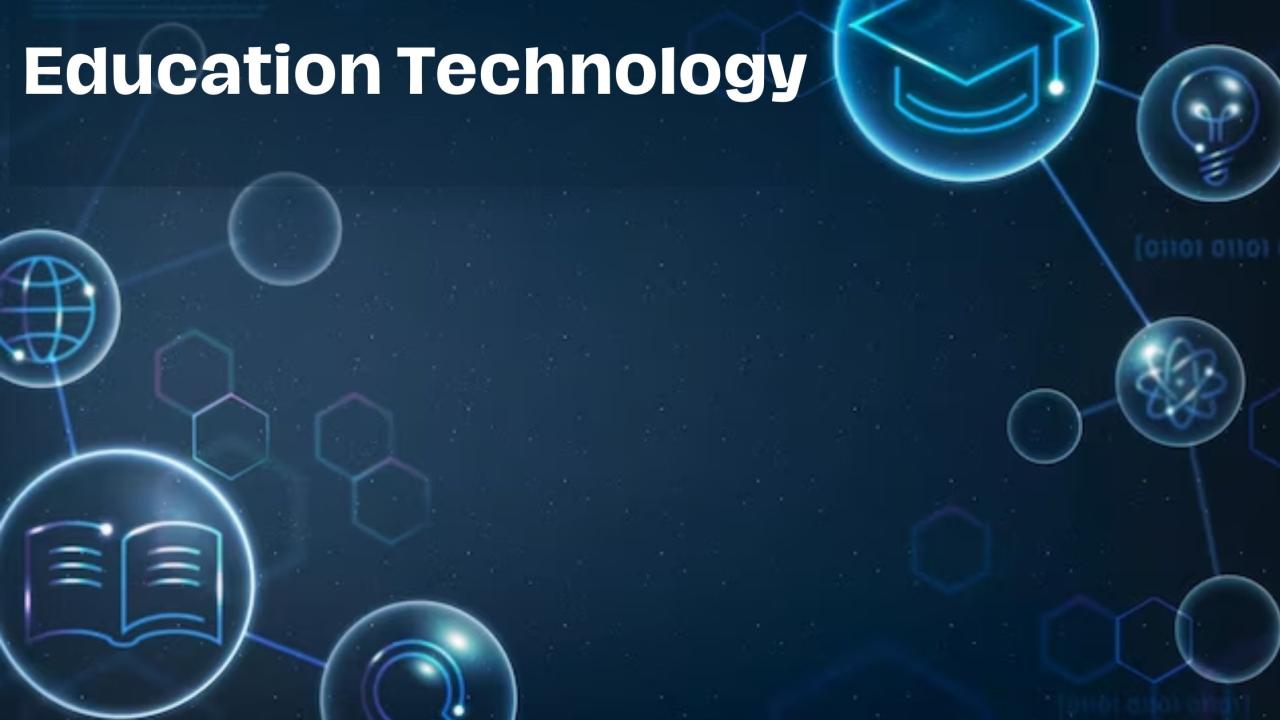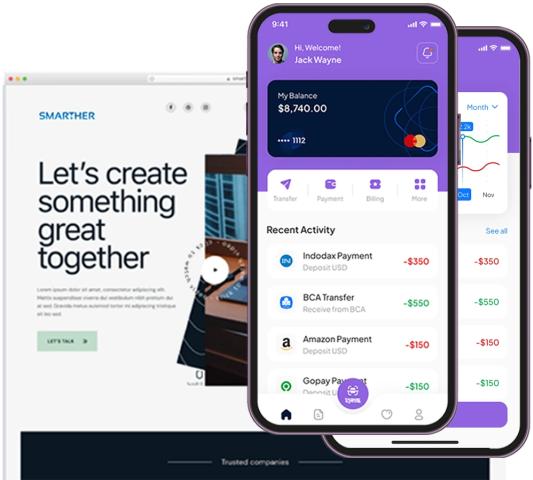In today's digital age, eLearning has become a popular way of learning and teaching. Whether it's students attending online classes, employees undergoing training, or individuals pursuing personal development, eLearning has made education more accessible and convenient. But have you ever wondered what makes eLearning platforms work so smoothly? The answer lies in the eLearning technology stack.
Understanding the eLearning Technology Stack
An eLearning technology stack refers to the combination of tools, technologies, and software that work together to build, deliver, and manage eLearning platforms. Think of it as the foundation that supports everything you see and interact with in an online learning environment. Just like a house needs a solid foundation, walls, and a roof, an eLearning platform needs different technologies working together to provide a seamless learning experience.
Components of an eLearning Technology Stack
Let's break down the main components of an eLearning technology stack:
Learning Management System (LMS)
- The LMS is the backbone of any eLearning platform. It’s where courses are hosted, students enroll, and progress is tracked. Popular LMSs include Moodle, Blackboard, and Canvas. The LMS handles course content, assignments, quizzes, and communication between students and instructors.
Content Management System (CMS)
- While an LMS manages the learning process, a CMS is used to create, store, and manage the content itself. In eLearning, the CMS helps instructors organize course materials, videos, and other resources. WordPress and Drupal are examples of popular CMS platforms.
Authoring Tools
- Authoring tools are software applications used to create eLearning content. These tools allow educators to design interactive lessons, quizzes, and multimedia content. Examples include Articulate Storyline, Adobe Captivate, and iSpring.
Video Conferencing Tools
- Video conferencing tools are essential for live classes, webinars, and virtual meetings. They enable real-time interaction between students and instructors. Popular video conferencing tools used in eLearning include Zoom, Microsoft Teams, and Google Meet.
Communication and Collaboration Tools
- These tools facilitate interaction among students and instructors outside of live classes. Discussion forums, chat features, and collaboration platforms like Slack or Microsoft Teams are common in eLearning environments.
Assessment and Analytics Tools
- To measure the effectiveness of learning, assessment tools are used to create quizzes, exams, and assignments. Analytics tools help track student performance, course completion rates, and engagement levels. Tools like Google Analytics, Quizlet, and ProProfs are often used.
Cloud Storage and Hosting Services
- eLearning platforms need reliable storage and hosting to manage large amounts of data, including course materials, videos, and user information. Cloud services like Amazon Web Services (AWS), Google Cloud, and Microsoft Azure provide scalable storage and hosting solutions.
Security Tools
- Security is crucial in eLearning to protect sensitive information such as student data, grades, and payment details. Encryption tools, secure login systems, and regular software updates are part of the security measures in an eLearning technology stack.
Why Is the eLearning Technology Stack Important?
The eLearning technology stack is important because it ensures that online learning platforms run smoothly and efficiently. By using the right combination of technologies, educators can create engaging, interactive, and accessible learning experiences for students. A well-designed technology stack also allows for scalability, meaning that the platform can grow as more students enroll and more courses are added.
Conclusion
The eLearning technology stack is the driving force behind successful online education platforms. By integrating various tools and technologies, it ensures a seamless and engaging learning experience for users. As eLearning continues to evolve, having the right technology stack in place is crucial for delivering high-quality education. If you're looking to develop a robust and scalable eLearning platform, partnering with an experienced eLearning app development company can help you build the perfect solution tailored to your needs.











